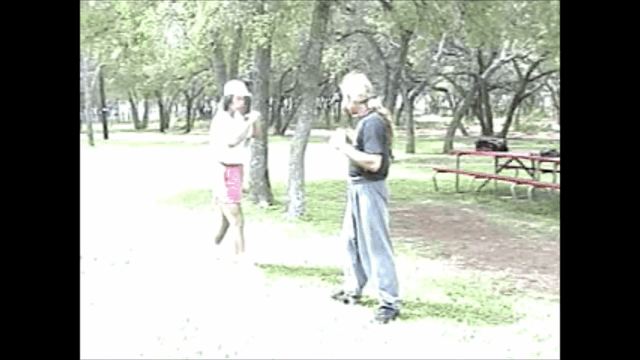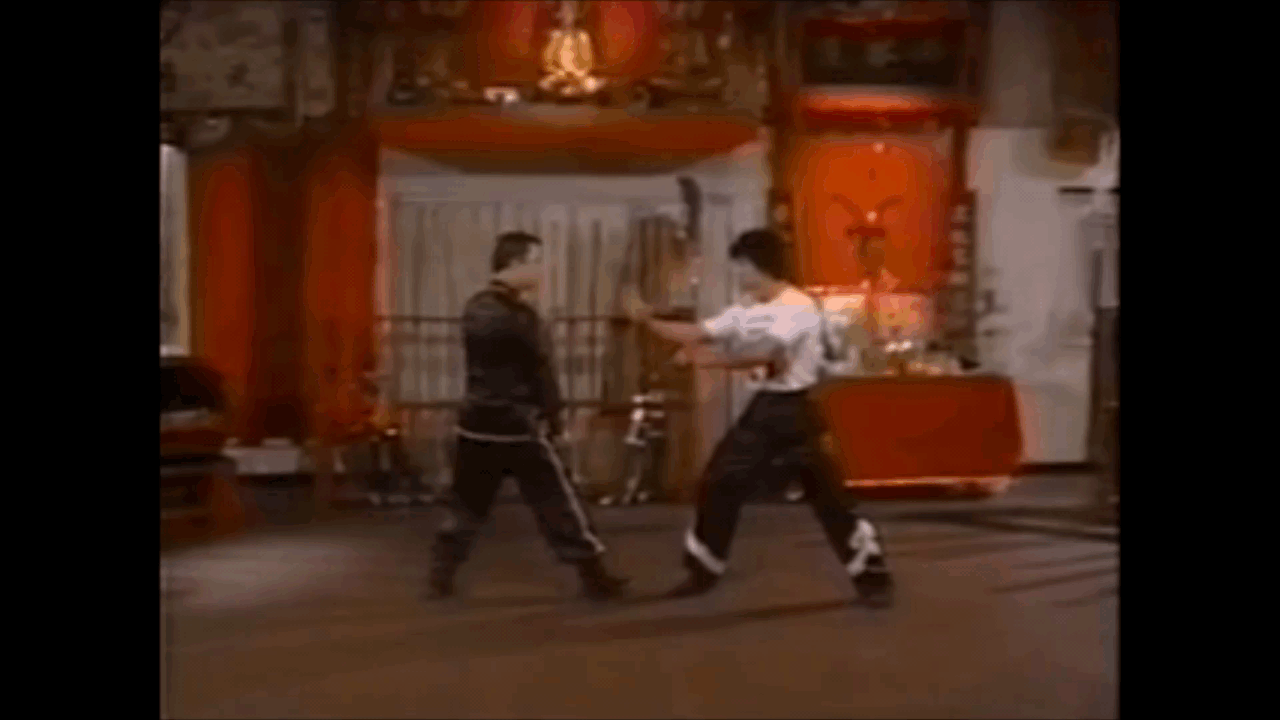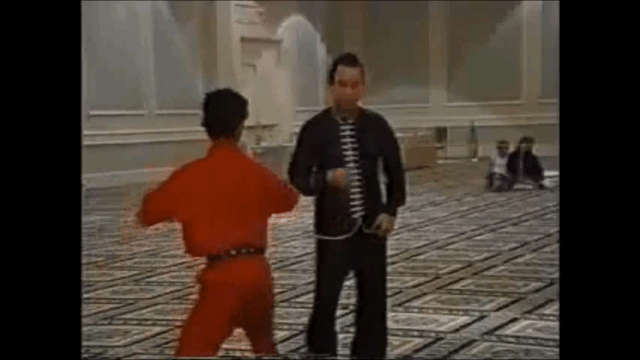isshinryuronin
Master of Arts
- Joined
- Feb 28, 2019
- Messages
- 1,937
- Reaction score
- 2,133
If you attack your opponent like this, your 5 moves combo can always put your opponent in defense mode. If you repeat this 10,000 times, very few people can escape out of your attack.
The practical truth is somewhere in between these two statements. Certainly, a common reaction to a high attack is to move a blocking arm high; a low kick will draw a hand to move down, thus opening new potential lines of attack. A combination attack can take advantage of this normal human reaction, many times quite effectively.Just because you drill a combo 10,000 times, that doesn't mean you'll get the reaction needed on the first step to progress to the second, and so on.
However, the longer the combo, the chances of landing each additional attack are exponentially reduced due to the unpredictability of the opponent's (deliberate or accidental) reaction. This chance can be improved by grabbing the opponent early in the sequence so as to gain better control of him and his actions as Kung Fu Wang mentioned.
As Jerry pointed out, much depends on that first reaction. The opponent, especially if skilled, may not react to an attack in the "normal" way. Instead of blocking, he may move back or sidestep the initial attack or two. He may move in to throw off the attacker's timing and stuff the attack. The danger of drilling a 4 or 5 step attack is over committing oneself (since you have trained your body to complete the sequence) only to find that by your fourth attack the opponent is now at your back for an easy counter.
Both these quotes have validity with the caveat that "there is a time and place for everything." Having a chance to gauge and evaluate your opponent can make the choice of what strategy to use easier. Does he move linear, agile, flinch and over-react, experienced, gullible?
I'm not comfortable with more than a 3 move attack in most cases (the exception being if I have unbalanced or grabbed or otherwise gained control of his movement). If you haven't scored a significant hit by then, the risk of finding yourself out of position goes up more than the chance of scoring -- time to disengage and reset.



